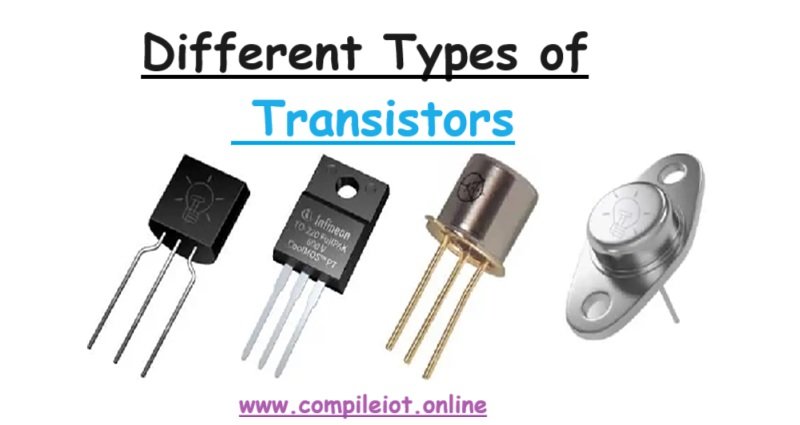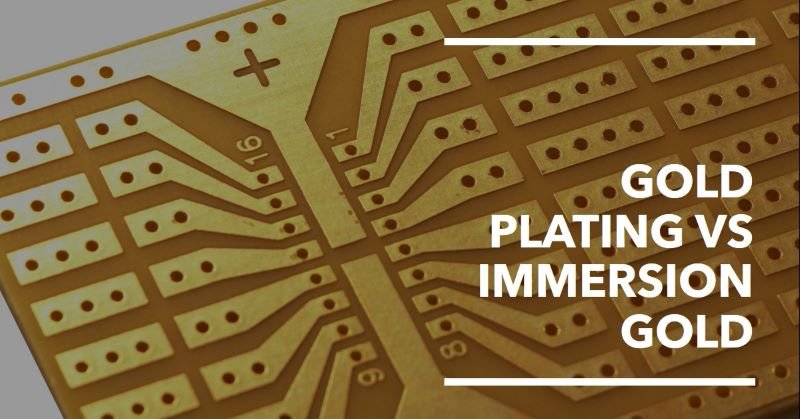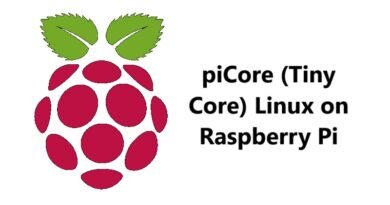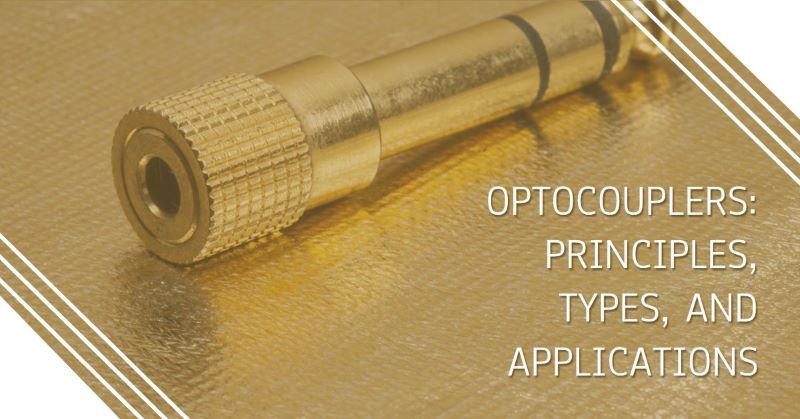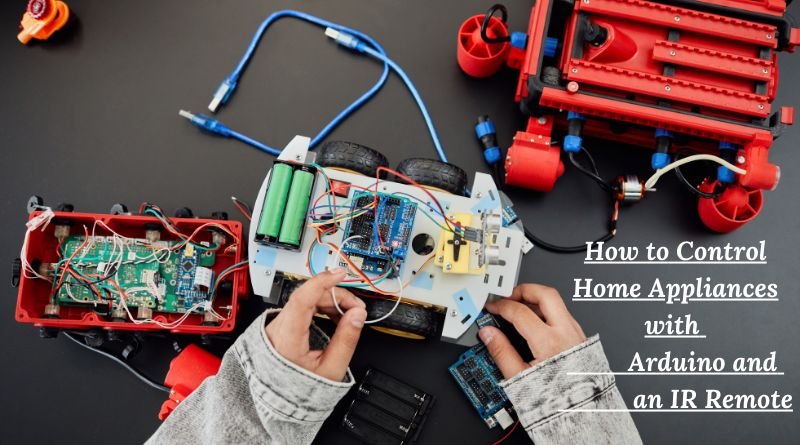Understanding the Different Types of Transistors: Classifications of BJT, JFET, MOSFET & IGBT
Transistors are the building blocks of modern electronic devices, playing an imp role in a wide range of applications from simple switches to complex microprocessors. Invented in the mid-20th century, transistors have revolutionized the electronics industry, enabling the development of smaller, faster and more efficient devices. They function as electronic switches and amplifiers, controlling the flow of electrical current in circuits.
The importance of transistors in electronic circuits cannot be overstated. They allow for the precise control of electrical signals, making them essential components in everything from radios and televisions to computers and smartphones. The primary types of transistors that we will discuss in this article include Bipolar Junction Transistors (BJT), Junction Field-Effect Transistors (JFET), Metal-Oxide-Semiconductor Field-Effect Transistors (MOSFET), and Insulated-Gate Bipolar Transistors (IGBT). Each type has its unique characteristics and applications, making them suitable for various functions in electronic circuits.
1. Based on Material
Silicon (Si)
Silicon is the most commonly used material for transistors due to its excellent electrical properties and abundant availability. It is the backbone of the semiconductor industry, providing the foundation for the vast majority of modern electronic devices. Silicon transistors offer a good balance of performance, cost and ease of manufacturing, making them the go-to choice for a wide range of applications.
Germanium (Ge)
Germanium was used in the earliest transistors before silicon became the dominant material. While less common now, germanium transistors are still used in some specialized applications where their specific properties, such as lower threshold voltages and higher electron mobility are advantageous. These transistors are often found in high-frequency and low-power applications.
Gallium Arsenide (GaAs)
Gallium Arsenide is a compound semiconductor material known for its high electron mobility, making it ideal for high-speed and high-frequency applications. GaAs transistors are used in RF and microwave devices, including satellite communications, radar systems and high-speed data networks. They offer superior performance in terms of speed and frequency response compared to silicon transistors.
Silicon Carbide (SiC)
Silicon Carbide is a material used for high-power and high-temperature applications. SiC transistors can operate at higher voltages and temperatures than silicon transistors, making them suitable for use in power electronics, automotive applications and industrial equipment. They provide improved efficiency and reliability in harsh environments.
2. Based on Construction
Bipolar Junction Transistor (BJT)
Bipolar Junction Transistors consist of three layers of semiconductor material, forming two junctions. These layers are arranged in either an NPN or PNP configuration. BJTs are known for their high current gain and are widely used in amplification and switching applications. They operate by using both electron and hole charge carriers, allowing for efficient current control.
Field-Effect Transistor (FET)
Field-Effect Transistors control the flow of current using an electric field. There are two main types of FETs: Junction Field-Effect Transistors (JFET) and Metal-Oxide-Semiconductor Field-Effect Transistors (MOSFET).
JFET
Junction Field-Effect Transistors have a junction gate structure. They are voltage-controlled devices with high input impedance, making them suitable for low-noise amplification and signal processing. JFETs are commonly used in audio and RF applications.
MOSFET
Metal-Oxide-Semiconductor Field-Effect Transistors include subtypes such as depletion-mode and enhancement-mode MOSFETs. They are widely used in digital and analog circuits due to their high input impedance and fast switching capabilities. MOSFETs are essential components in power supplies, motor drivers and microprocessors.
3. Based on Functionality
Switching Transistors
Switching transistors are used for turning electrical signals on and off. They are integral to digital circuits, where they function as logic gates and switches. These transistors can rapidly switch between conducting and non-conducting states, making them ideal for applications requiring precise control of electrical signals.
Amplifying Transistors
Amplifying transistors are designed to increase the power of a signal. They are used in audio amplifiers, radio transmitters and other applications where signal strength needs to be boosted. By controlling the flow of current, these transistors can produce a larger output signal from a smaller input signal.
Oscillating Transistors
Oscillating transistors are used to generate periodic waveforms. They are key components in oscillators, which produce repeating signals for use in clocks, timers, and communication systems. These transistors are designed to provide stable and consistent oscillations over a wide range of frequencies.
4. Based on Mode of Operation
NPN and PNP (for BJTs)
NPN and PNP transistors are the two main configurations of Bipolar Junction Transistors (BJTs), distinguished by the arrangement and type of charge carriers.
- NPN Transistors: In an NPN transistor, the current flows from the collector to the emitter and the majority charge carriers are electrons. These transistors are widely used because they offer better performance in terms of switching speed and current handling.
- PNP Transistors: In a PNP transistor, the current flows from the emitter to the collector and the majority charge carriers are holes. PNP transistors are used in specific applications where the circuit design benefits from the current flow direction and characteristics of holes as charge carriers.
Enhancement and Depletion Mode (for FETs)
Field-Effect Transistors (FETs) can operate in two distinct modes: enhancement mode and depletion mode.
- Enhancement Mode: These FETs are normally off and require a voltage applied to the gate to induce a conducting channel between the source and drain. Enhancement-mode MOSFETs are commonly used in digital circuits where the transistor needs to switch on and off.
- Depletion Mode: These FETs are normally on, allowing current to flow between the source and drain without any gate voltage. Applying a voltage to the gate can turn off the current flow. Depletion-mode MOSFETs are less common but are used in certain analog applications where a normally-on behavior is advantageous.
5. Based on Application
General Purpose Transistors
General purpose transistors are used in everyday electronic devices. They are designed to perform a wide range of basic functions such as switching, amplification, and signal modulation. These transistors are versatile and cost-effective, making them suitable for use in consumer electronics, household appliances, and simple electronic circuits.
Power Transistors
Power transistors are designed to handle high currents and voltages. They are used in power supply units, motor control circuits, and industrial equipment. These transistors can dissipate significant amounts of heat and are built to withstand the stresses of high-power operation, ensuring reliability and performance in demanding applications.
High-Frequency Transistors
High-frequency transistors are used in RF (radio frequency) and microwave applications. They are optimized for high-speed operation and can handle the rapid switching required for communication systems, radar, and other high-frequency devices. These transistors offer excellent performance in terms of signal amplification and processing at high frequencies.
Switching Transistors
Switching transistors are optimized for fast switching applications. They are used in digital circuits, power converters, and other systems where rapid on-off cycling is required. These transistors are designed to minimize switching losses and maximize efficiency, making them essential components in modern electronic devices.
6. Specialized Types
Insulated-Gate Bipolar Transistor (IGBT)
The Insulated-Gate Bipolar Transistor (IGBT) combines the features of BJTs and MOSFETs, offering high input impedance and high current-carrying capability. IGBTs are used in high-power applications such as inverters, motor drives, and power supplies. They provide efficient switching and control in systems that require handling large amounts of power.
Darlington Transistor
A Darlington transistor consists of a pair of transistors connected to provide high current gain. This configuration allows a small input current to control a much larger output current. Darlington transistors are used in applications requiring high gain, such as in amplifiers, power switches, and signal processing circuits.
Phototransistors
Phototransistors are activated by light rather than an electrical signal. They are used in optoelectronic applications such as light sensors, optical switches, and remote controls. When exposed to light, phototransistors generate a current proportional to the light intensity, allowing them to detect and respond to changes in light levels.
Conclusion
In conclusion, Transistors come in various types and classifications, each designed to meet specific needs and applications in electronic circuits. By understanding the different types of transistors based on material, construction, mode of operation, functionality, and application, engineers and designers can choose the most appropriate transistor for their projects. Selecting the right transistor is crucial for optimizing performance, efficiency, and reliability in electronic devices.
